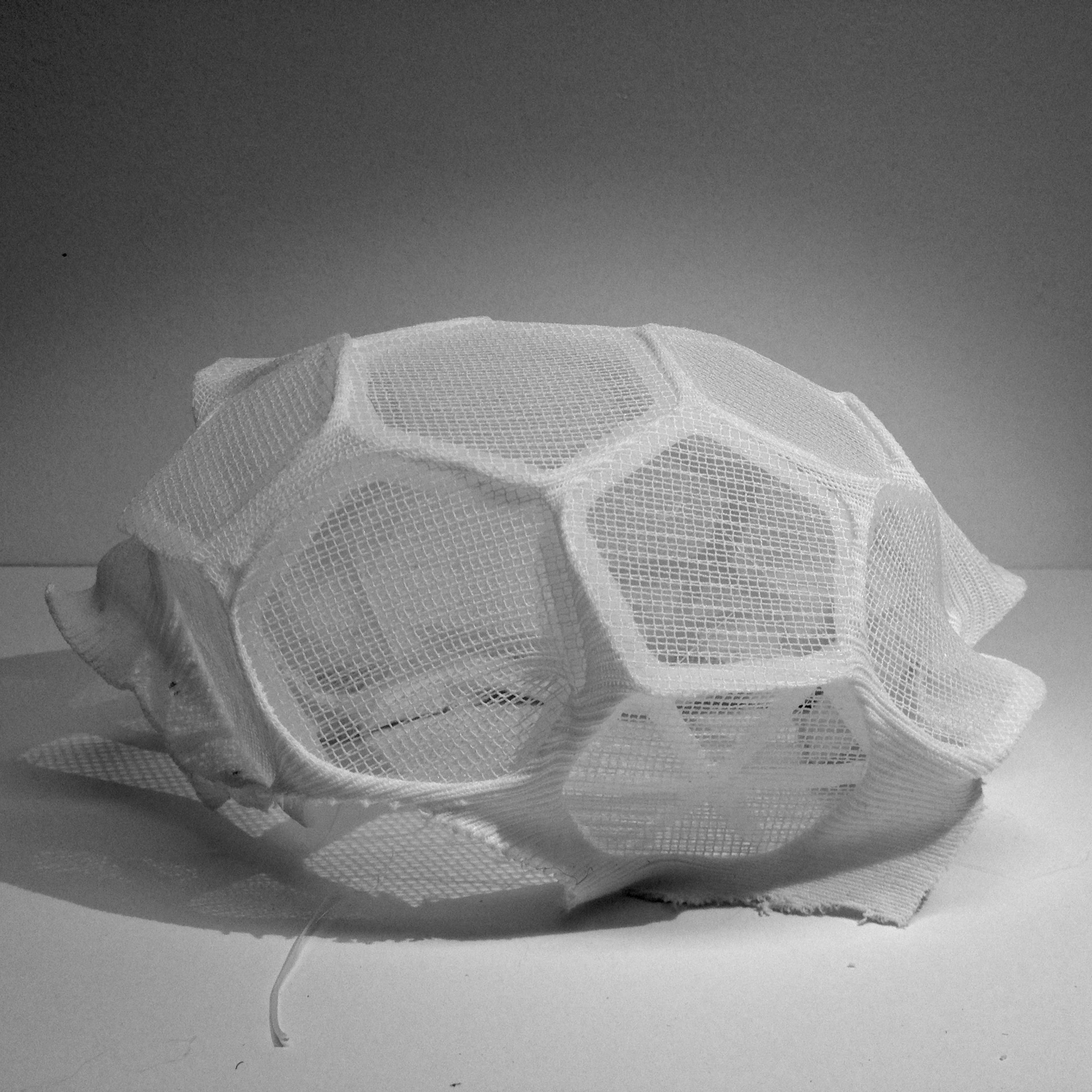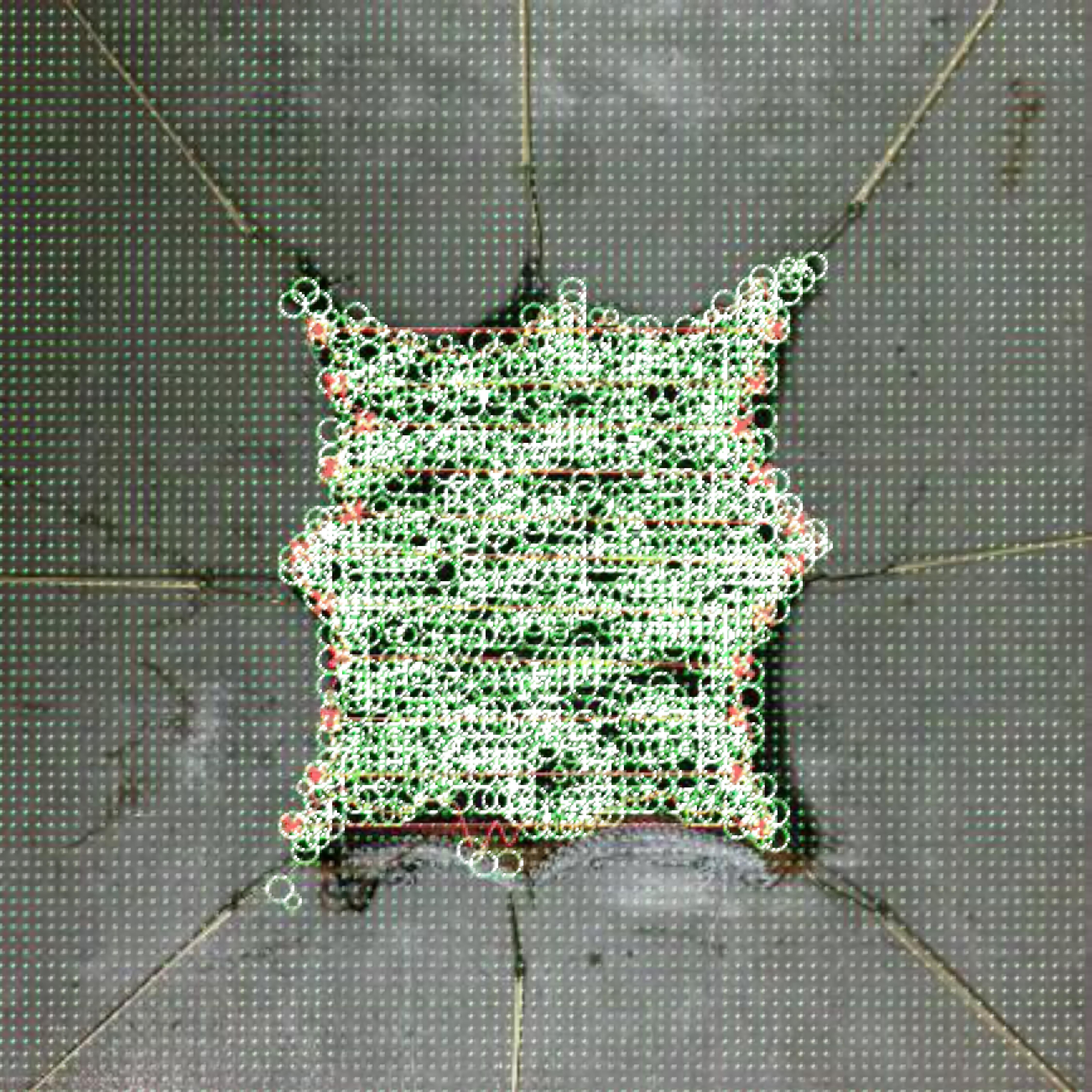Fabrication
Compressing
Fabrics, Sensors and Arduino
University of Michigan
2015
The research focuses on exploring a material system based on the performative capacity of textile triggered by the alteration in tensile and rigid behavior, achieved by the differentiation in specific regions due to the changing characteristics of the yarn, knit structure and the parameters of consolidation. The wide range of flexure and flexibility that the TRC offers, simultaneously in terms of geometry, structural capacity and tactile response, is among the main areas of interest in this study. The areas of investigation will include but not limited to the following aspects: Variation in material properties due to the ratio of different yarns and knit structures; Differentiation at pre-stressing in 2D and 3D geometry; Impact of integrating elastic region in the geometry as a mean of post-forming tensile element; Exploration of robotically driven consolidation tool for the forming process and testing different variables such as: tool paths, temperature, pressure, time and so forth; Comparison of weight/strength relationship of the developed composite with the traditional forming process to assess the application potentials; Study of the material behavior and fabrication process of multiple iterations to explore the scope of full scale spatial configuration.





